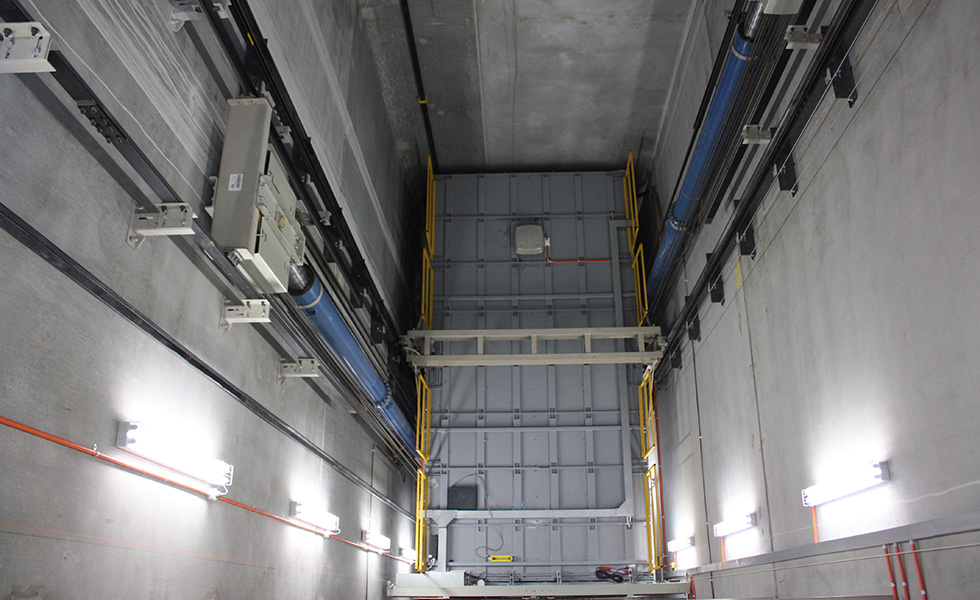Specialist Lift Engineer Course: Educating for Leading Lift Repair Companies Near Me
Specialist Lift Engineer Course: Educating for Leading Lift Repair Companies Near Me
Blog Article
Comprehensive Guide to Lift Solutions and Their Upkeep
Navigating the detailed world of lift systems and their maintenance is a job that demands precision and expertise. From the various kinds of lift systems in use to the careful adherence to safety and security laws, the upkeep of these vertical transport devices is a diverse undertaking.
Kinds Of Elevator Solutions
The most usual kinds consist of hydraulic lifts, traction elevators, machine-room-less elevators, and vacuum elevators. Hydraulic lifts are perfect for low-rise buildings and use a hydraulic piston to move the lift car. Machine-room-less lifts are a space-saving alternative as they do not call for a different maker space for the elevator equipment.
Each kind of lift system has its very own advantages and negative aspects, making it important for building proprietors and developers to thoroughly consider their certain demands before selecting the most appropriate choice. Aspects such as developing height, room schedule, energy efficiency, and spending plan constraints all play a considerable role in determining the ideal lift system for a particular structure.
Typical Maintenance Concerns
Regular upkeep of lift systems is essential to make sure smooth operation and extend their lifespan. Despite regular maintenance, elevator systems can still experience common upkeep concerns that require to be without delay resolved to stop disturbances in service. Regular evaluations and proactive maintenance can help recognize and deal with these common maintenance problems prior to they intensify and impact the total efficiency of the elevator system.
Safety Rules and Compliance
Sticking to rigorous safety and security policies and making certain conformity with industry requirements are extremely important for preserving the functional integrity of elevator systems. Lifts undergo a thorough set of security guidelines to safeguard guests, upkeep personnel, and the public. Regulatory bodies such as the Occupational Safety And Security and Health And Wellness Administration (OSHA) in the USA and the European Lift Association (ELA) in Europe develop guidelines that cover various facets of elevator layout, setup, procedure, and maintenance.
Compliance with these laws is not only a lawful requirement yet also a moral commitment for building proprietors and lift maintenance business. Failing to meet security criteria can lead to penalties, lawful obligations, and, most notably, jeopardize the security of people using the elevator. Routine inspections, maintenance checks, and adherence to safety and security protocols described in the laws are important to make certain the safe and effective procedure of lift systems. By prioritizing safety guidelines and conformity, stakeholders can support the depend on of the general public and minimize potential risks connected with elevator use.
Ideal Practices for Maintenance

One more crucial finest method is to quickly deal with any reported issues or unusual sounds to stop further damage. Implementing an aggressive strategy to upkeep can save time and money over time by staying clear of expensive repair work or replacements. Structure owners must likewise consider buying modernization upgrades to enhance the performance and security of their elevator systems. By adhering to these finest practices, lift systems can operate efficiently and safely, giving trusted vertical transportation for residents.

Advanced Technologies for Performance
Carrying out advanced innovations in elevator systems can dramatically improve operational performance and traveler experience. These systems allow travelers to input their desired flooring before getting in the elevator, which after that guides them to the most effective vehicle.
In addition, the combination of smart sensing units and predictive maintenance capacities has changed elevator maintenance. These sensors can identify prospective concerns prior to they intensify, making it possible for positive upkeep interventions and lessening downtime. Additionally, using regenerative drives and energy-efficient elements helps in reducing power intake and operating costs in lift systems.
In addition, the execution of cloud-based monitoring and remote diagnostics enables for real-time monitoring of elevator performance and prompt troubleshooting of any malfunctions. This positive strategy not only enhances system integrity yet also boosts the total user experience by making sure smooth and nonstop lift procedures.
Verdict
To conclude, understanding the different kinds of lift systems, usual upkeep issues, safety official source regulations, finest upkeep methods, and advanced innovations for performance is critical for ensuring the smooth operation of elevators. By adhering to safety policies and executing finest methods for upkeep, building owners can prolong the lifespan of their elevator systems and make certain the safety and security of guests. It is necessary to remain upgraded on the latest developments in elevator technology to improve efficiency and integrity.
The most usual kinds consist of hydraulic elevators, traction lifts, machine-room-less lifts, and vacuum cleaner elevators. Hydraulic elevators are perfect for low-rise buildings and use a hydraulic piston to relocate the lift cars and news truck. Machine-room-less lifts are a space-saving choice as they do not require a different maker space for the elevator machinery. Regular assessments and aggressive maintenance can assist determine and fix these typical upkeep problems before they rise and affect the overall performance of the elevator system.

Report this page